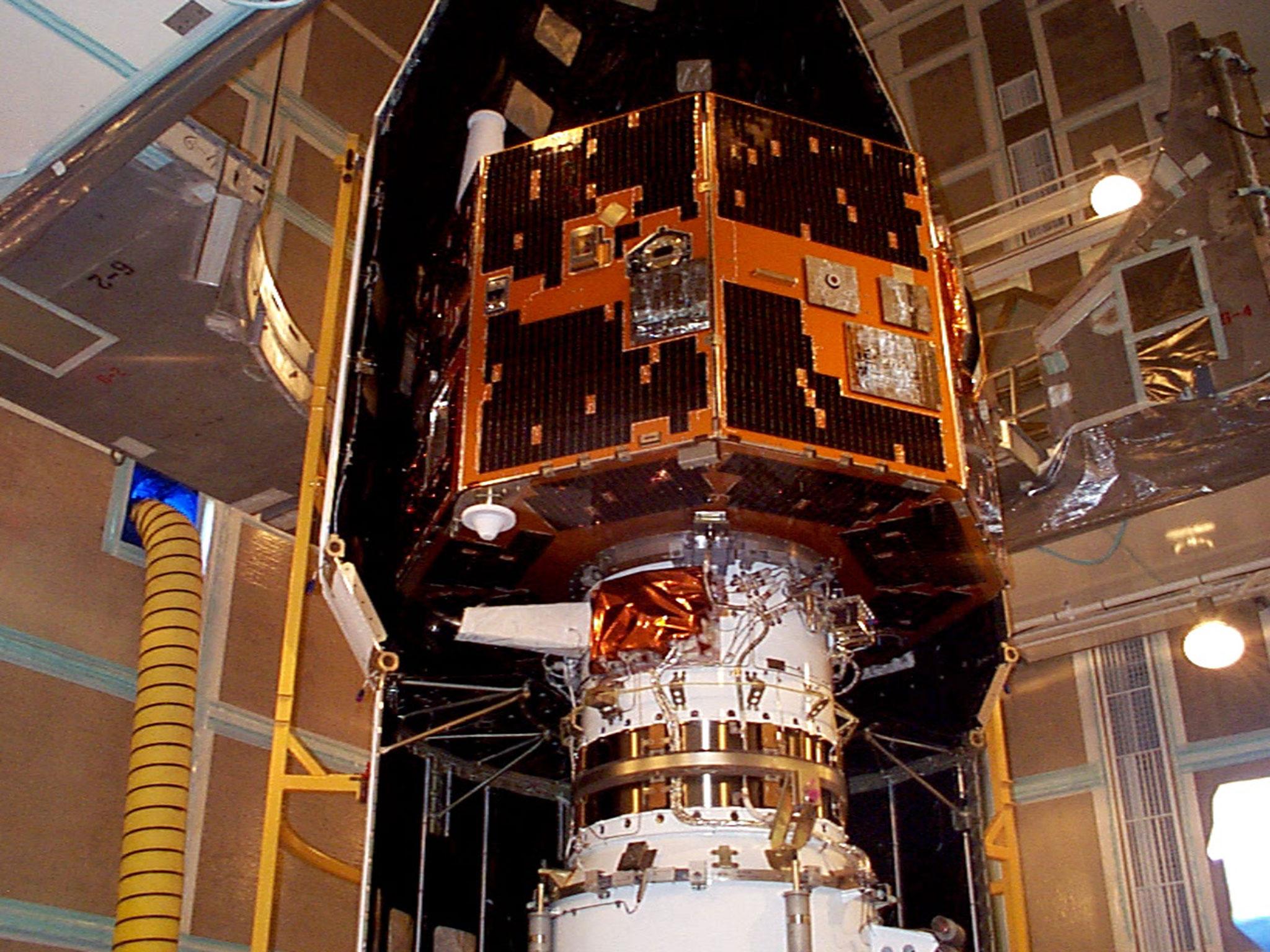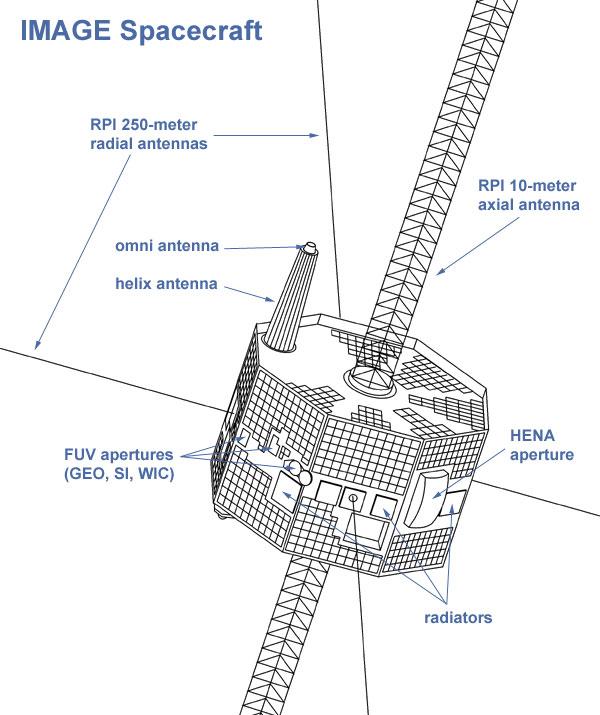Amateur astronomer rediscovers Nasa satellite lost for 12 years
Mission to study magnetic field protecting Earth from cosmic radiation could potentially be revived

Your support helps us to tell the story
From reproductive rights to climate change to Big Tech, The Independent is on the ground when the story is developing. Whether it's investigating the financials of Elon Musk's pro-Trump PAC or producing our latest documentary, 'The A Word', which shines a light on the American women fighting for reproductive rights, we know how important it is to parse out the facts from the messaging.
At such a critical moment in US history, we need reporters on the ground. Your donation allows us to keep sending journalists to speak to both sides of the story.
The Independent is trusted by Americans across the entire political spectrum. And unlike many other quality news outlets, we choose not to lock Americans out of our reporting and analysis with paywalls. We believe quality journalism should be available to everyone, paid for by those who can afford it.
Your support makes all the difference.An amateur astronomer rediscovered a Nasa satellite which has been lost in space for more than a decade.
Scott Tilley was scanning the skies in search of a secret US government spy satellite launched by Elon Musk’s SpaceX when he found signals from the long-lost satellite called the Imager for Magnetopause-to-Aurora Global Exploration (Image).
Launched on 25 March, 2000, its mission was to study the magnetic field protecting the Earth from cosmic radiation. But in December 2005, Image stopped communicating with Nasa and its mission was declared over in 2007 after scientists failed to regain control.
It is hoped Mr Tilley’s find could potentially give Nasa the opportunity to revive its mission.
The 47-year-old amateur astronomer from Canada found signals he thought might belong to the satellite during his search for evidence of the mysterious Zuma, a classified US government satellite launched by SpaceX in January which was later claimed to have been lost during deployment. But instead of locating Zuma, he picked up a signal from Image.
“I did a little Googling and discovered that it had been ‘Lost in Space’ since December 18, 2005 after just dropping off the grid suddenly,” Mr Tilley wrote about the discovery in a post on his blog. He then notified Nasa and the space agency used five separate radio antennas to confirm the signal came from the lost satellite.
“The odds are extremely good that it’s alive,” Patricia Reiff, an investigator on the original Image mission, told Science magazine.

Nasa said its team were able to “read some basic housekeeping data, suggesting that at least the main control system is operational”.
Scientists and engineers at its Goddard Space Flight Centre would continue to analyse data from the space craft to learn more about its status after 12 years in space, the agency said.
“The team is collectively holding their breath waiting for some real information exchange between Image and the ground,” Ms Reiff, who now works as a space plasma physicist at Rice University in Houston, Texas, added.
According to its final report, Image made 37 unique scientific discoveries during what was initially designed as a two-year mission.
Nasa now has the task of adapting the satellite’s software to communicate with its more modern systems. The agency said if it could decode the satellite’s signal, it would attempt to turn on its science payload to understand how well it has survived the extreme temperatures and radiation of space.
Join our commenting forum
Join thought-provoking conversations, follow other Independent readers and see their replies
Comments